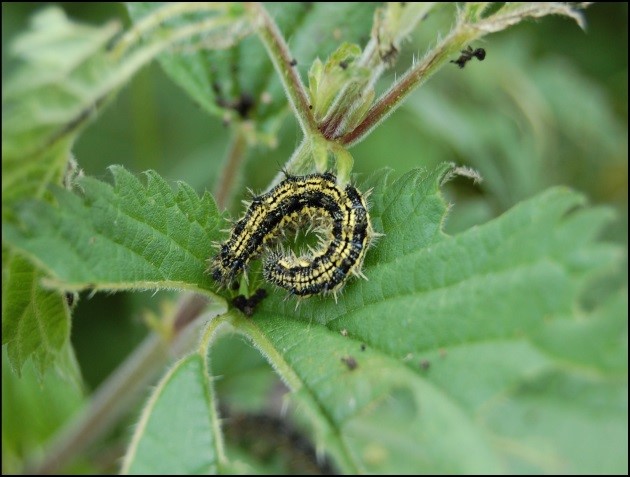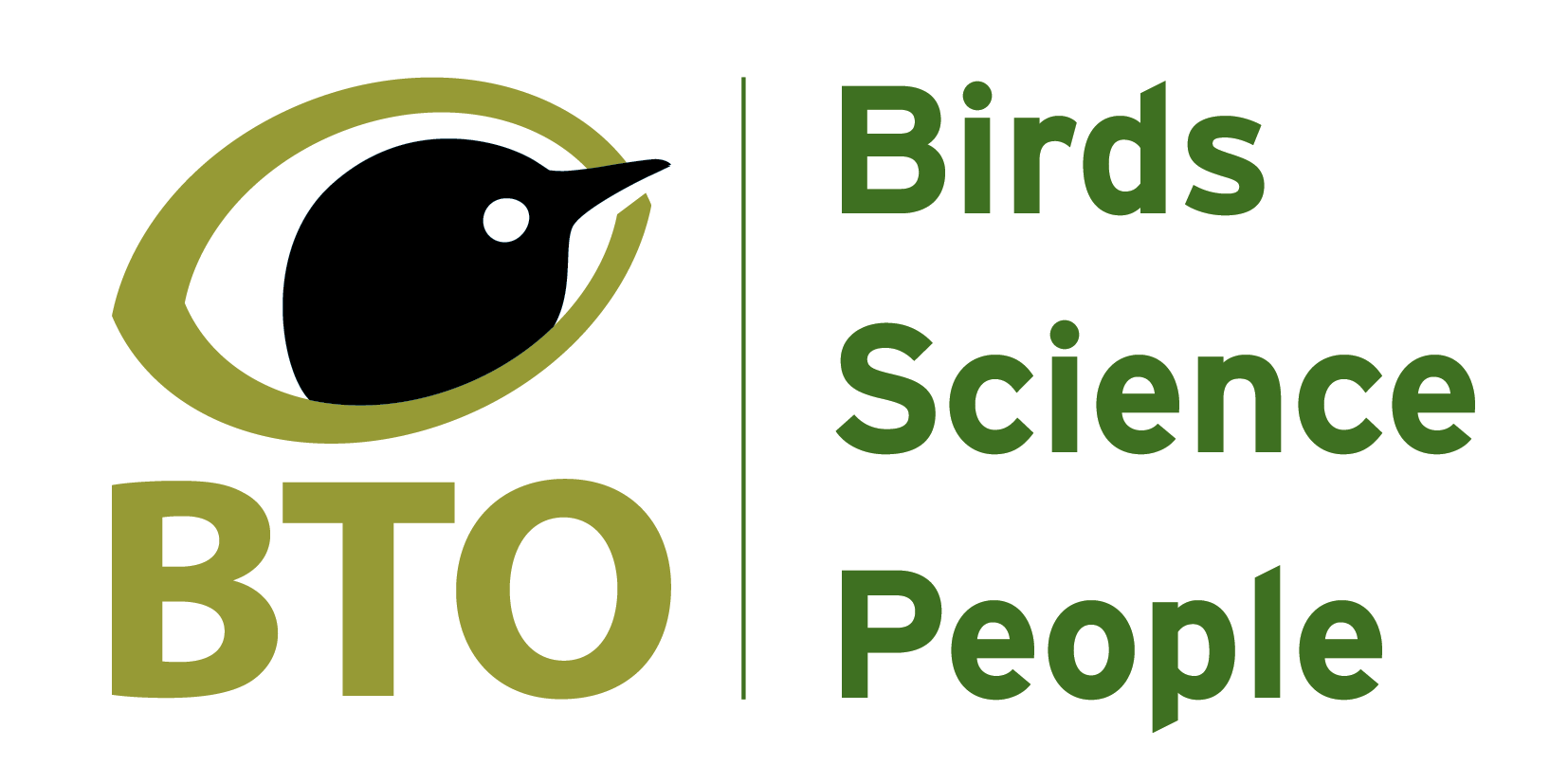
In conjunction with the Butterflies for the New Millennium project, the UKBMS shown that many species of UK butterfly have declined in both range and abundance. It isn’t all bad news, there are a number of species that have been expanding their ranges and/or showing increases in abundance. Regular updates in species status are being used to redefine the species which are future priorities for conservation action, including those Red Listed and threatened with extinction. The recent State of the UK’s Butterflies report has shown that the rate of decline in some of our rarer species has slowed down or even reversed in response to targeted conservation management, especially through agri-environment schemes.
Further to this is a body of research attempting to determine some of the mechanisms behind different population trends. For the High Brown Fritillary an allele effect is apparent with low growth rates at low pop densities, and immigration key in colony survival and species persistence.
There has been inconclusive evidence suggesting that a recently arrived parasitoid is responsible for the declines seen in Small Tortoiseshell across the UK, whilst earlier studies on the same species have shown that drought is also likely to play a role. After years of speculation about the life cycle and migration behaviour of the Painted Lady, a study ranging from northern Africa throughout Europe, has shown that they return to northern Africa in the autumn after a series of generations during which they make progressive northward, then southward movements through Europe.
Butterfly declines continue despite European Union targets to halt biodiversity loss. Both the range and abundance of many species have continued to decline across the UK from 2000-2010, but there are encouraging signs that some of our most threatened species are responding positively to conservation management. Fox et al (2011) in The State of the UK’s Butterflies 2011.
A new Red List of UK butterflies was compiled in 2010, with 19 species are classed as threatened. Amongst these, two are Critically Endangered, eight are Endangered and nine Vulnerable. Fox et al. (2010) in Insect Conservation and Diversity (doi: 10.1111/j.1752-4598.2010.00117.x)
An allele effect is evident in three quarters of High Brown Fritillary local populations, highlighting the need to increase resource availability in both occupied and unoccupied sites. Bonsall et al. (in press) in Ecological Applications (http://dx.doi.org/10.1890/13-0155.1)
Secrets of the Painted Lady’s journey from Africa and back revealed for first time. Using transect data along with radar technology and citizen science data, the hypothesised return journey of the Painted Lady is finally understood. Stefanescu et al (2013) in Ecography (doi: 10.1111/j.1600-0587.2012.07738.x)
A recent arrival of a parasitic fly to the UK is adding to the declines of the Small Tortoiseshell butterfly. Survival is lower in Small Tortoiseshell larvae where the parasitoid is present suggesting a role in the recent declines of this widespread butterfly. Gripenberg et al. (2011) in Ecological Entomology (doi: 10.1111/j.1365-2311.2011.01269.x)
Warm-adapted butterfly species tend to increase at northern, upland sites, consistent with an effect of increasing temperature across monitored sites in the UK. Morecroft et al. (2009) in Biological Conservation (doi: 10.1016/j.biocon.2009.07.004)




